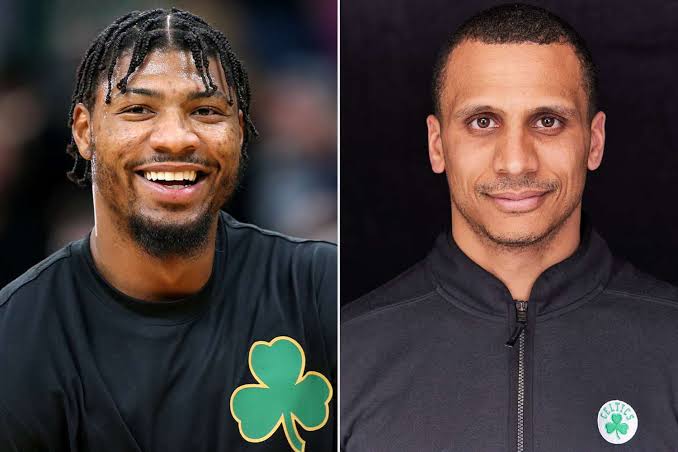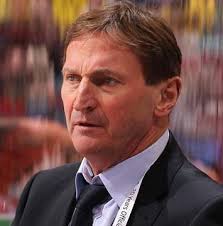The narrative of how NBA legend Larry Bird oversaw the league’s most remarkable comeback season.
With the sixth choice of the 1978 NBA Draft, the Boston Celtics selected Larry Bird, an obscure Indiana State junior eligible player, in the first round.
Though it would ultimately turn out to be the savior of a highly troubled league and team, the decision didn’t garner much attention at the time.
Since his initial class was graduating in 1978, Bird was eligible to be selected under the regulations of the time, even though he still had one more year of playing time left in college. In the fall of 1974, Larry enrolled at Indiana University, but he left before the semester began. After that, he attended the tiny Northwood Institute in southern Indiana before enrolling at ISU, where he excelled.
The Indiana Pacers, who were interested in choosing the hometown hero as the first pick in the 1978 draft, were owned by Bird’s native state. Bird spoke with Pacers coach/general manager Bob “Slick” Leonard, a former Indiana University standout, to see if he would be interested in leaving school to play in the NBA.
After telling Slick he was going to continue in college for his senior season, the All-American forward revealed to him that his mother had wanted him to be the first Bird to graduate from college. This was after a few Heineken beers.
Leonard was unsure whether ailing Indiana, an ABA powerhouse currently undergoing reconstruction, could afford to pay the top overall choice. Leonard’s squad was already monetarily challenged after paying a large NBA entry fee during the ABA merger two years prior.
After Bird rejected him, he sent the first pick to Portland in exchange for Johnny Davis, a quick young guard who had played a big role in the 1977 Blazer championship squad, who was selected third overall.
Then, with the third overall pick, Leonard chose center Rick Robey, who had won the 1978 NCAA championship with Kentucky. Strangely, Robey and Bird would go on to become good friends and beer drinkers when playing together with the Celtics from 1979 to 1983.
It came out that Boston and the NBA had greatly benefited from Indiana’s loss. Playmaker Phil Ford of North Carolina was selected second overall by Kansas City, while Montana’s erratic guard Michael Ray Richardson was selected fourth by the Knicks. Purvis Short, a strong shooter from Jackson State, was taken fifth by Golden State.
Boston also scored a sixth on Bird. However, Bird was essentially unknown at the time because there was no ESPN and very little national coverage for the Sycamores, who had lost in the NIT in 1977 and 1978.
Billy Cunningham, the head coach and former Philadelphia 76er, questioned Red Auerbach about the deferred draft choice. “Why would you draft this kid Bird, knowing he can’t play until next season?” he inquired.
The foresighted Auerbach asked, “Do you know how short a time a year is?” Though the patient choice worked out wonderfully, Red was unaware of Bird’s actual or potential greatness.
Red subsequently remarked, “I knew he was a great shooter, but I didn’t know how great.” “I had no idea how excellent a passer and rebounder he was. I was also unaware that he would play despite being injured.I have never seen a player as self-motivated as Larry.”
Extremely high regard from someone who coached the likes of Bill Russell, Bob Cousy, John Havlicek, and the ultra-intense Dave Cowens and won nine titles.
Auerbach appeared to be a genius once more as Bird ignited the college basketball world as a senior, earning every individual distinction and leading ISU to the championship game with a 33-0 record.
“After much wrangling, we finally got Bird to sign, and with one or two more small moves we are ready to contend,” Auerbach stated during the press conference.
However, Auerbach was unaware of how close Bird got to maybe not even participating in his first season. The Celtics wanted Bird to join them for the final month of the miserable 1978–79 season, in which Boston finished 29–53, after his senior season concluded.









